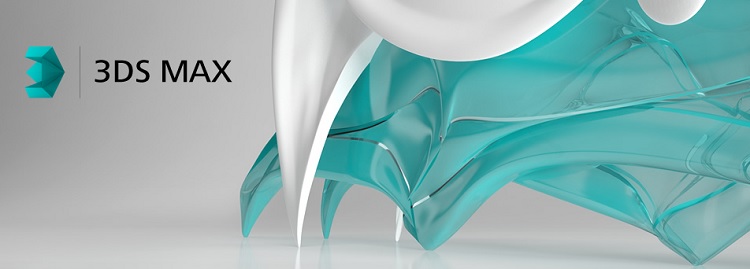
Secondary Maps (or Detail maps) allow you to overlay a second set of textures on top of the main textures listed above. Unity uses the X and Y values to offset these textures across the material’s surface, in texture space. To assign a detail mask to this material, use the texture picker button to the left of the property name.įor more information about detail masks, see Secondary Maps.Ĭontrols the color and intensity of light that the surface of a Material emits.įor more information, see Standard shader Emission.Ĭontrols the X and Y UV tiling for all the textures on this material.Ĭontrols the X and Y UV offset for all the textures on this material. To assign an occlusion map to this material, use the texture picker button to the left of the property name.įor more information about occlusion maps, see Occlusion Map.ĭefines the detail mask this material uses. To assign a height map to this material, use the texture picker button to the left of the property name.įor more information about height maps, see Height Map.ĭefines the occlusion map this material uses. See in Glossary.ĭefines the height map this material uses. To assign a normal map to this material, use the texture picker button to the left of the property name.įor more information about normal maps, see Normal Map A type of Bump Map texture that allows you to add surface detail such as bumps, grooves, and scratches to a model which catch the light as if they are represented by real geometry. You can assign a texture to control this property to do this, use the texture picker button to the left of the property name.įor more information, see Albedo Color and Transparency.ĭetermines how metal-like the surface is.įor more information, see Metallic mode: Metallic Parameter.Ĭontrols how rough or smooth the surface of this material appears.ĭefines the normal map for this material, in tangent space. For more information, see Rendering mode.

This property functions in the same way as the standard shader. Choose from Opaque, Cutout, Fade, or Transparent. Autodesk_Interactive_Material PropertyĬontrols how Unity displays this material. The properties of the Autodesk Interactive shader work in the same way as the material parameters in the Standard Shader, with the exception of Roughness.įor more information on all other properties, see Material Parameters. More info See in Glossary for the Material, click the Shader drop-down then click Autodesk Interactive. In the Inspector A Unity window that displays information about the currently selected GameObject, asset or project settings, allowing you to inspect and edit the values. If you want to manually create an Autodesk Interactive material:Ĭreate a new material from the menu: Assets > Create > Material. When Unity imports an FBX file with a compatible Autodesk shader, it automatically creates an Autodesk Interactive material. Creating an Autodesk Interactive material The same materials imported from FBX, as seen in Unity. There are slight differences between what you see in Autodesk® Maya or Autodesk® 3DsMax and what you see in Unity: Interactive PBS materials in Autodesk® Maya viewport. They also look and respond to light in a similar way. The Autodesk Interactive material properties are identical to their original Interactive PBS materials. If it does, Unity imports these materials as Autodesk Interactive materials. When Unity imports an FBX exported from one of these softwares, it checks whether the FBX includes materials with Interactive PBS shaders.

More info See in Glossary replicates the Interactive PBS shader available in Autodesk® 3DsMax and Autodesk® Maya, for you to use in Unity. The Autodesk Interactive shader A program that runs on the GPU.


 0 kommentar(er)
0 kommentar(er)
